How to deadhead geraniums in pots and hanging baskets: simple tips for healthy blooms
Our advice on how to deadhead geraniums will keep your summer displays looking their best
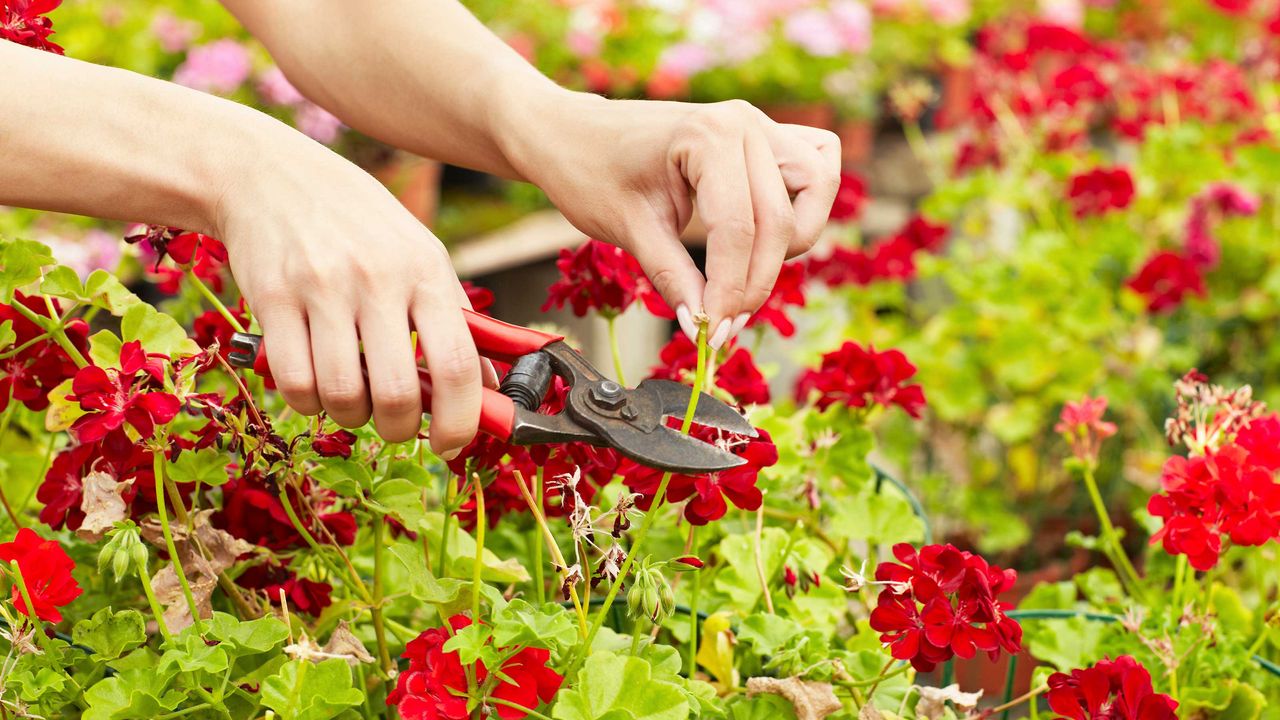

For the best container displays this season, you'll need to know how to deadhead geraniums. And before you start wondering, we're talking about the plant otherwise known as pelargoniums. These are the ones with clusters of red, purple, pink or white blooms on woody stems – not the hardy crane's-bill geraniums that are so well-suited to cottage garden borders.
These jolly plants are great for pepping up window boxes, hanging baskets, or any other type of container gardening ideas. Plus, they're great for bringing a Mediterranean vibe to an outdoor space. And they're not just lovely to look at – some have scented foliage too, offering enticing fragrances of rose, orange, peppermint or apple.
But learning how to deadhead geraniums is a must, as over time these vibrant blooms turn brown, dead, and dry. It's super simple too – as you'll soon find out.
How to deadhead geraniums: step-by-step advice
If your geranium's blooms look a little tired then it's time to give them a prune. It's so easy to do:
- Grab a clean and sharp pair of the best secateurs.
- Snip off the wilted flowers, making the cut at the very base of the flower stem. The spent stalks can then be added to your compost.
- You don't even have to use secateurs if you don't have a pair handy. Instead, simply hold the faded flower stalk near the base and pull downwards, advises the RHS. 'The old bloom will snap out cleanly.'
- As long as your plant is healthy, you should start to spot new blooms developing within a few days.
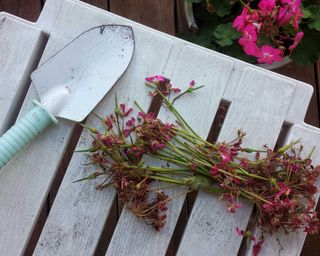
Snip off spent blooms
Why should you deadhead geraniums?
Of course, clearing out all the dead blooms will instantly make your plants look better, but there are other reasons for learning how to deadhead geraniums too.
If you leave the dead flowers on your geranium, the plant will put all its energy into creating seeds, rather than creating new blooms. Snipping them off allows the plant to rechannel its energy into forming new flowers. So, keep on top of deadheading and you'll get plenty of new blooms for your hanging basket ideas or other displays all summer long.
What's more, keeping them neat and tidy in this way improves the air circulation around the plant. This helps to prevent botrytis blight – a common fungal disease.

Geraniums are ideal for cheerful window box displays
How often should you deadhead geraniums?
For the most prolific and long-lasting blooms, you should aim to deadhead as often as your geraniums need it. If you're really eager, you can check over your plants daily and snip off any flowerheads that have turned a little lacklustre.
But don't worry if you don't have much time on your hands – once a week or so will still make a difference to your plant's growth.
- Looking for more container gardening inspo? Our window box ideas feature has plenty.
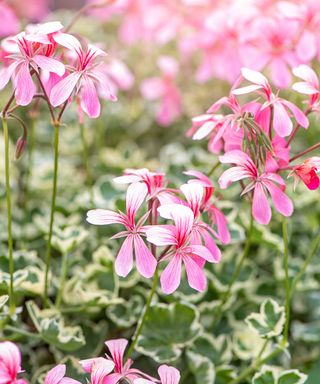
Some geraniums have variegated leaves
How long will geraniums continue to flower?
Your geraniums are likely to continue to flower from summer into fall if you keep on top of watering, feeding and deadheading. Once the weather gets cooler you can bring the potted plants inside your home and include them in your indoor garden ideas, which can extend their flowering period.
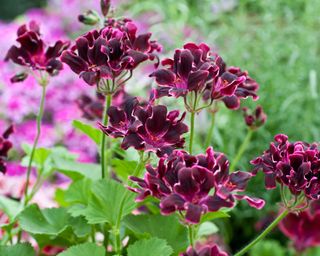
The 'Lord Bute' pelargonium
How do you make a geranium bushy?
Some geraniums can start to look a little spindly or leggy over time, but not if you practice proper pruning. To do so, pinch out the tips of young plants in spring or early summer to encourage them to grow outwards rather than just upwards.
Pelargoniums are tender plants and won't survive the cold. Because of this, you may wish to treat yours like annuals. However, some people choose to overwinter their geraniums – for instance, by bringing them into a conservatory – when the temperatures begin to drop. If you decide to do this too, you can give them a hard prune at the start of fall or, if you want to keep them looking decorative for longer, in early spring. You'll be rewarded with healthy, strong, fresh growth the following season.
Looking for more pruning tips to keep your plants looking tip-top? Our guide on how to prune hydrangeas has plenty.

The garden was always a big part of Holly's life growing up, as was the surrounding New Forest where she lived. Her appreciation for the great outdoors has only grown since then. She's been an allotment keeper, a professional gardener, and a botanical illustrator – plants are her passion.
-
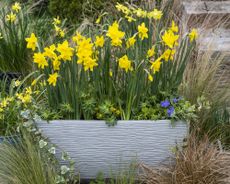 An Update on Gardeningetc
An Update on GardeningetcA word from our publisher
By Beth Murton Published
-
 Do you need to chit potatoes? Find out what the experts say
Do you need to chit potatoes? Find out what the experts sayGrow Your Own Learn how to chit potatoes before planting them in the ground and you’ll be on your way to getting an earlier and bigger harvest
By Drew Swainston Published
